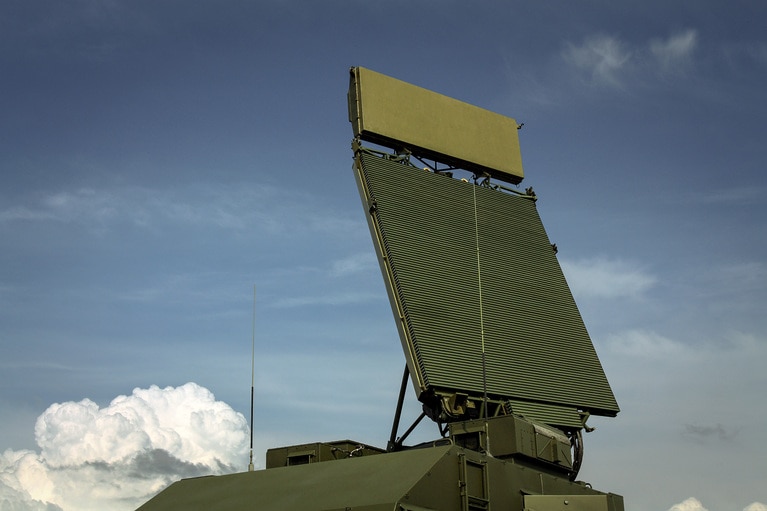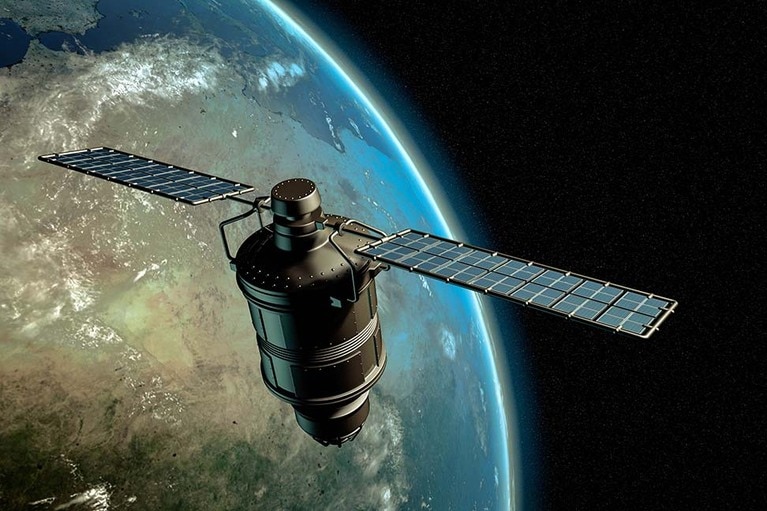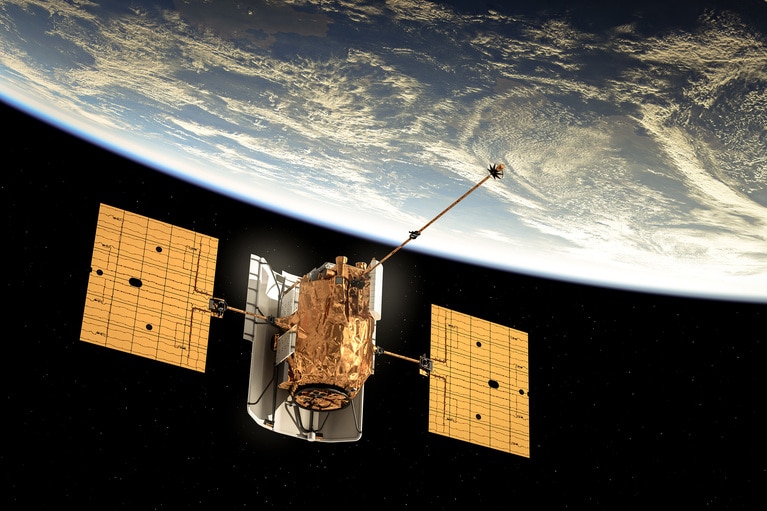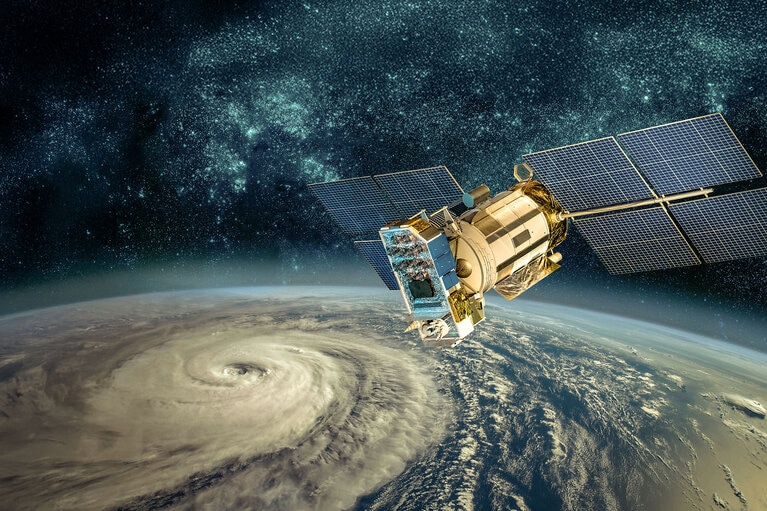
The future of standardized defense platforms using MOSA, SOSA and VPX open architectures
The future of standardized defense platforms using MOSA, SOSA and VPX open architectures
Terrestrial internet bandwidth can’t keep up with pace and scope of today’s connectivity demands. So services are being pushed to New Space, where scores of LEO and MEO satellites are being deployed rapidly to achieve global coverage.
By Rob Russell, VP of Satellite Business Unit
Satellite manufacturers competing in the “New Space” arena are tasked with providing solutions that will enable a 20X increase in internet bandwidth over the next 10 years. The challenges to designing, developing, and launching satellites to meet this demand are enormous. One major hurdle is the dueling requirements for shrinking satellite size while concurrently improving throughput. One of the most difficult problems to solve is powering advanced, high-current communications ASICs. To achieve this leap in throughput demand, satellite power designers must deliver 20X – 30X more current to the load than legacy systems can provide, while simultaneously reducing the size, weight, and cost of the power delivery network (PDN). These requirements will forever be at odds and will continue to escalate in the foreseeable future.
Vastly improved power density helps solve this problem for New Space low-earth-orbit (LEO) and mid-earth-orbit (MEO) satellites in the form of power modules that deliver high current for today’s AI-driven computing environments. Combined with demonstrated radiation tolerance, they are a perfect fit for the critical needs of the burgeoning LEO and MEO satellite market.
With a 100V to 0.8V solution that is five times more power-dense than the next best competitor, and an efficiency that provides up to a 50 percent reduction in power losses, this new generation of PDNs provides unparalleled capability for developers of satellite communication systems who need to reduce size, weight, and cost to meet stringent mission requirements.
This article was originally published by Electronics Media.
Rob Russell is currently the Vice President of Satellite Business Development and has worked at Vicor Corporation for over 10 years in various strategic marketing, product marketing, and business development roles. He has over 29 years of sales and marketing experience in the electronics industry. He earned both his BSEE and MBA at the University of Massachusetts. Before Vicor, he worked for Power-One as the Vice President of Product Marketing and Director of Global Strategic Sales.
Rob Russell, VP of Satellite Business Unit
The future of standardized defense platforms using MOSA, SOSA and VPX open architectures
The future of standardized defense platforms using MOSA, SOSA and VPX open architectures
Delivering higher power density and low noise for New Space applications
Patented power design techniques and architectures needed to deliver optimal power and low noise for space communications applications
Spacechips high current transponder powers on-orbit AI-driven communication
Smaller satellites with sophisticated computational capabilities is in demand. Learn how low-noise, AI-enabled power is driving creative new applications
Current multipliers: The obvious choice for powering AI processors and other demanding applications
AI processors need to handle low-voltage, high-current demand, which can cause power system bottlenecks. Learn how current multiplication can change that




